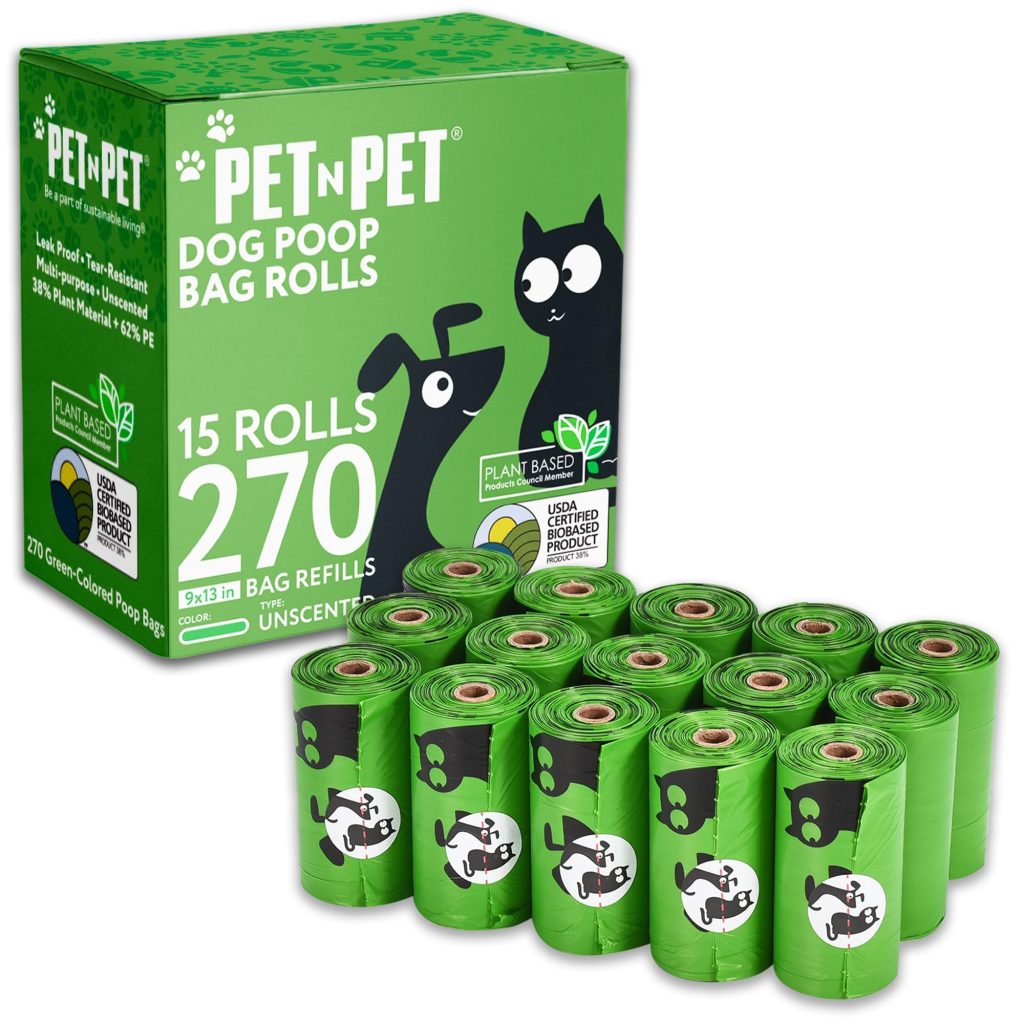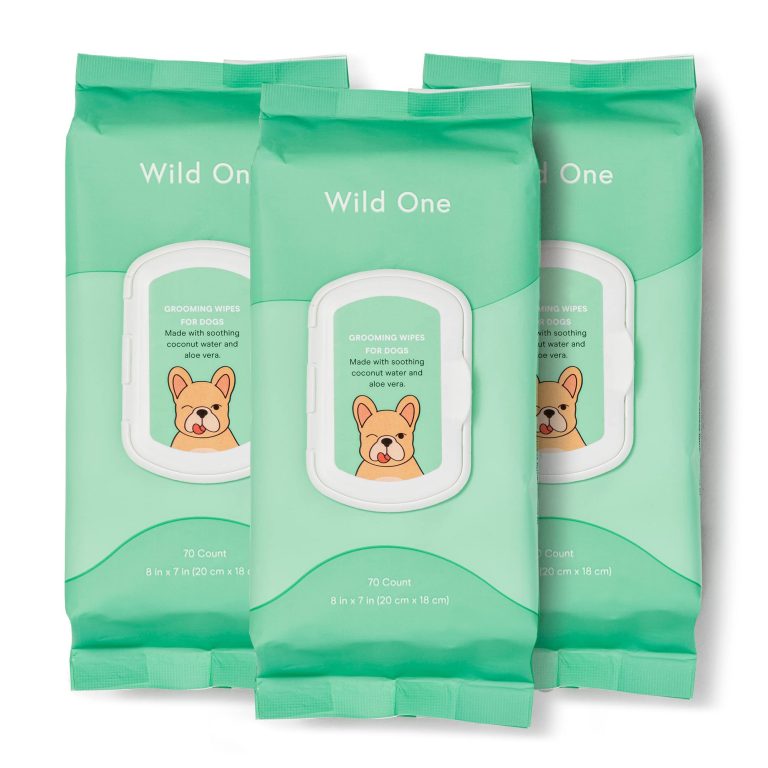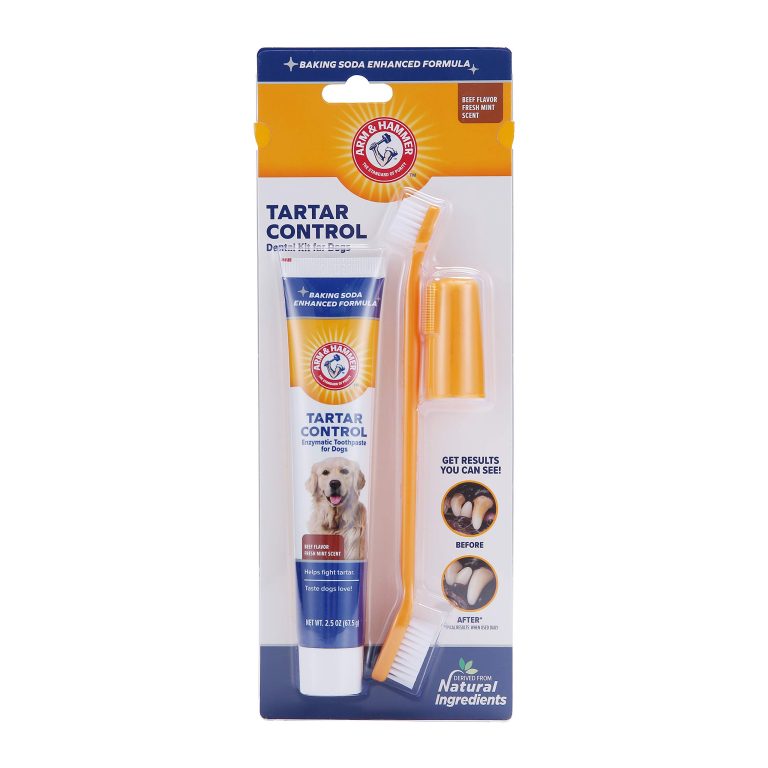Understanding Food Labels on Dog Food

Understanding Food Labels on Dog Food:
Providing our furry friends with a well-balanced and nutritious diet is essential for their overall health and well-being. Just as we carefully read and understand food labels for our own consumption, it’s equally important to decipher the information on dog food labels. By understanding food labels on dog food, we can make informed decisions about what we feed our beloved canines.
The Importance of a Balanced Diet:
Dogs, like humans, require a balanced diet to thrive. A balanced diet ensures that your dog receives all the necessary nutrients, vitamins, and minerals in proper proportions. A lack of balance in their diet can lead to various health issues, including malnutrition, obesity, and deficiencies.
Dietary Needs for Different Life Stages and Breeds:
Just like humans, dogs’ nutritional needs change as they go through different life stages. Puppies require higher levels of protein, fat, and calories to support their rapid growth and development. Adult dogs have different nutritional requirements based on their activity level and size. Senior dogs may benefit from diets that include specific ingredients to support joint health and cognitive function.
Besides life stages, different dog breeds have varying dietary needs. Large breed dogs, for example, may require specialized diets to support their bone and joint health. Small breed dogs may need higher levels of energy-dense foods due to their faster metabolism. It is important to think these unique requirements when choosing the right dog food.
Decoding the Food Label:
A food label provides valuable information about the composition of dog food. Here are some essential aspects to look out for:
- Ingredients: The list of ingredients provides an insight into the quality of the dog food. Look for high-quality protein sources such as chicken, beef, or fish listed as the first ingredient. Avoid foods that contain fillers, by-products, or artificial additives.
- Guaranteed Analysis: This section outlines the minimum percentage of crude protein and fat, and maximum percentage of crude fiber and moisture in the dog food. It helps you assess the overall nutrient content of the food.
- Nutritional Adequacy Statement: Look for statements like “complete and balanced” or “formulated to meet the nutritional levels established by the AAFCO Dog Food Nutrient Profiles.” These indicate that the dog food meets industry standards for essential nutrients.
- Feeding Instructions: Follow the feeding guidelines provided on the label based on your dog’s weight and activity level. Adjust portions as needed to maintain a healthy weight.
Challenges in Canine Nutrition:
While commercial dog foods provide convenience, they may pose certain challenges regarding canine nutrition. Some dogs may have specific dietary sensitivities or allergies that require special attention. In such cases, working with a veterinarian or an animal nutritionist can help formulate a suitable diet plan.
Considerations for Homemade Diets:
Homemade diets can offer a tailored approach to meet individual dogs’ unique dietary needs. However, it’s important to ensure that homemade diets are nutritionally balanced and provide all the essential nutrients. Consulting with a veterinary professional is important to create a balanced homemade diet that addresses any specific health concerns.
The old adage “you are what you eat” holds true for our canine companions as well. Understanding food labels on dog food is an important step toward providing your dog with a healthy and balanced diet. By considering their life stage, breed, and specific needs, you can make informed choices that promote their well-being and longevity. Remember, a well-fed dog is a happy dog!







